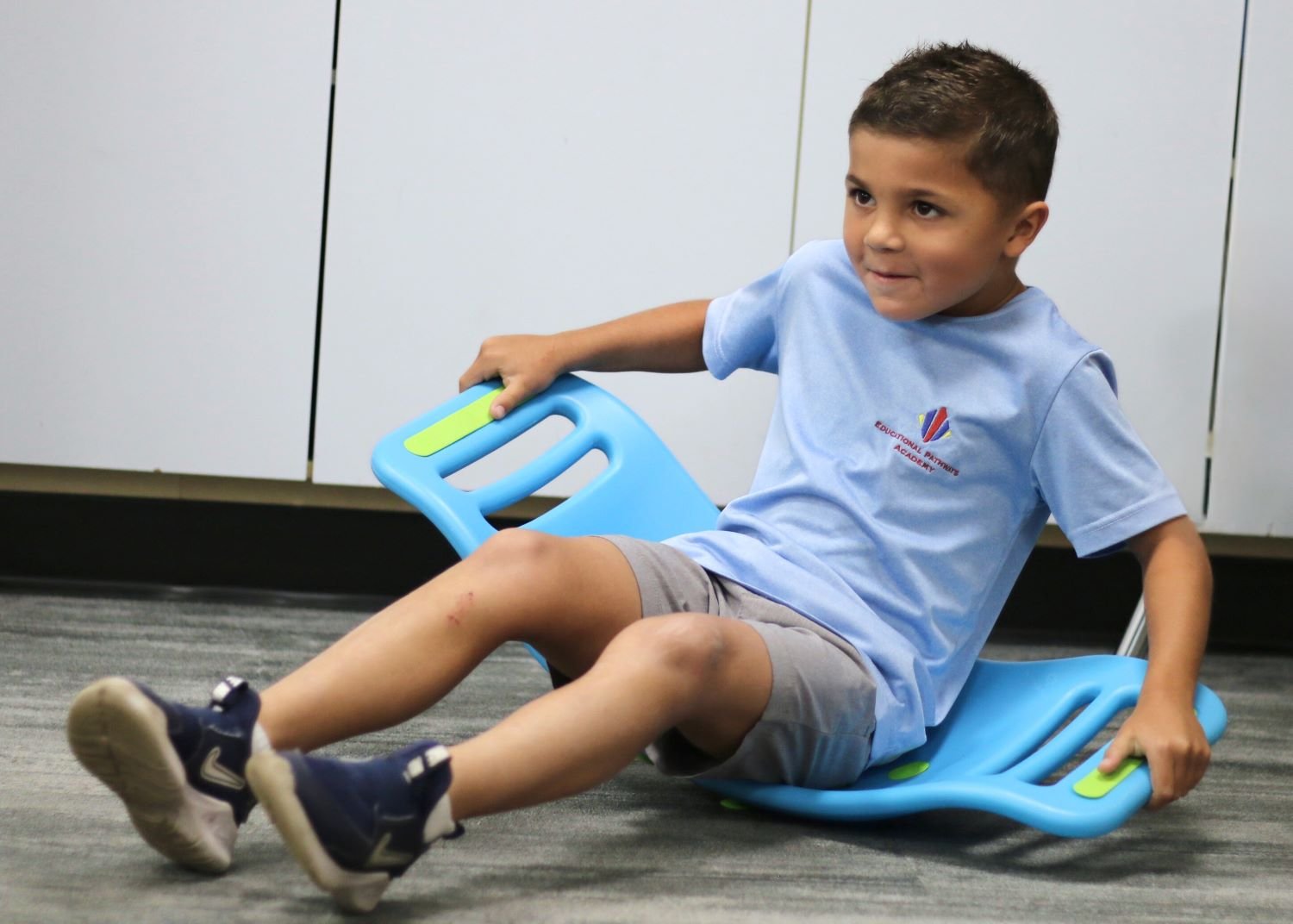Mastering "Red Words" Through Orton-Gillingham Multi-Sensory Techniques
At our private school for dyslexia and learning disabilities in Florida, we believe that with the right approach, students can transform their relationship with reading and writing. Our specialized Orton-Gillingham instruction, based on the proven techniques from the Institute of Multi-Sensory Education (IMSE), truly sets EPA apart by using innovative multi-sensory strategies that meet the unique needs of our students. These techniques create an interactive and engaging learning environment, making it possible for students with learning differences to confidently tackle literacy challenges. Let’s take a look at how "Red Words" are taught, demonstrating the step-by-step methods that help students master these tricky words.
Understanding the Challenge of "Red Words"
Students with learning disabilities, such as dyslexia, often face unique challenges when it comes to reading and spelling, particularly with "Red Words." These irregular words do not adhere to common spelling rules, making them more difficult to decode. For example, in the word "said," the sounds do not match the expected spelling patterns, complicating the reading process. Additionally, many students experience visual processing difficulties, which hinder their ability to retain the visual details of letters and words. This can lead to frustration and confusion, as they struggle to remember the correct spellings of words like "what" or "through," which don't sound like how they are spelled.
How We Support Students with learning Disabilities
At EPA, we employ the Orton-Gillingham (OG) Approach, a structured, multi-sensory teaching method designed to address these challenges. This approach integrates visual, auditory, and kinesthetic learning styles to help students engage with and internalize the spelling of "Red Words."
Introducing the New Red Word:
Each lesson begins with the introduction of the "Red Word of the day." The teacher explains the pronunciation and spelling, highlighting why it is considered a "Red Word." Using red and yellow sticky notes, irregular spelling patterns are displayed to help students visualize the differences, aiding in their understanding.
Multi-Sensory Learning Techniques:
Next, students write the new word with red crayons and then trace over it with their fingers while simultaneously saying each letter sound aloud. This practice reinforces the connection between their verbal expression and motor pathways, which is crucial for memory retention. Students are also guided by their teacher in "tapping out" the word using a hand model with colored finger segments, which helps build muscle memory for each letter.
Kinesthetic Engagement with Fidget Tools:
For the next activity each student is provided with a different fidget tool to use while practicing spelling the "Red Word" aloud. These may include items such as push-pop circles, stretchy tubes, squishy balls, or an arch rocker. By incorporating these tactile tools, students remain engaged and can better concentrate on spelling the word.
Movement-Based Memory Reinforcement:
At the end of each lesson, students participate in a movement-based activity. They stretch one arm outward and tap down their arm, tapping for each letter of the word while saying the corresponding letter sound aloud. After tapping out the spelling, they say the entire word while making a long stroke down their arm. This method combines gross motor skills with verbal repetition, reinforcing the spelling in their memory.
The Impact of the Orton-Gillingham Approach
The Orton-Gillingham approach specifically targets the phonemic awareness deficits and visual processing challenges faced by students with learning disabilities. By engaging multiple senses, students can create stronger mental images of the irregular spellings, making it easier to recall and apply them in reading and writing. The strategies employed in our OG classes not only support literacy development but also empower students to gain confidence in their abilities.
Did you know?
Donations to the Pathways Fund are essential for supporting the innovative and evidence-based programs at EPA. Your support directly benefits our students and enhances their learning experience by providing important resources, such as multi-sensory tools, further training for our teachers, and more! Please give today.

















